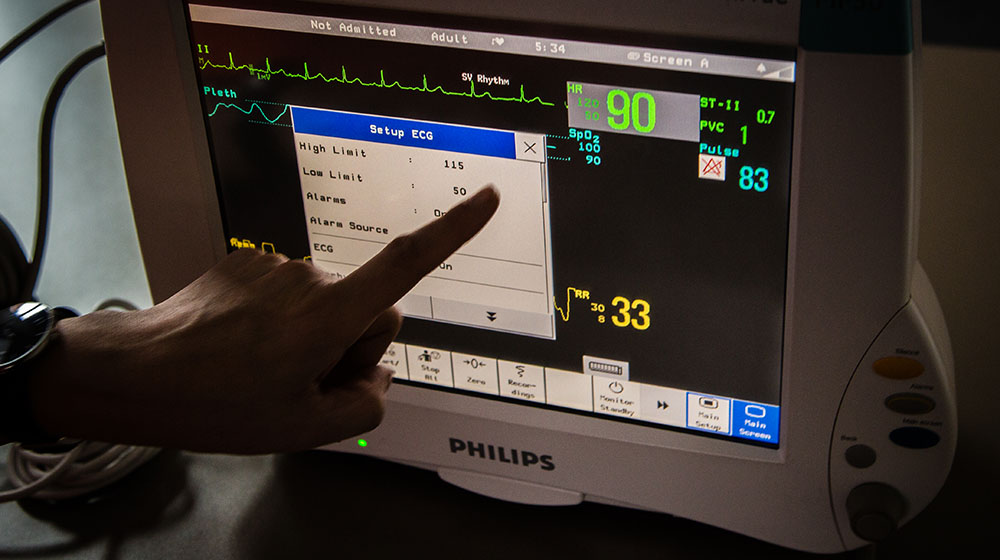Biomedical Engineering

Students specializing in Biomedical Engineering work with many patient monitoring devices, including cardiographs.
Biomedical Engineers blend traditional engineering techniques with biological sciences and medicine to improve the quality of human health and life. We believe all patients should receive high-quality medical devices, regardless of their ability to pay. Our students learn to design and test robust medical device software, in preparation for a medical device to be cleared or approved by the Food and Drug Administration.

